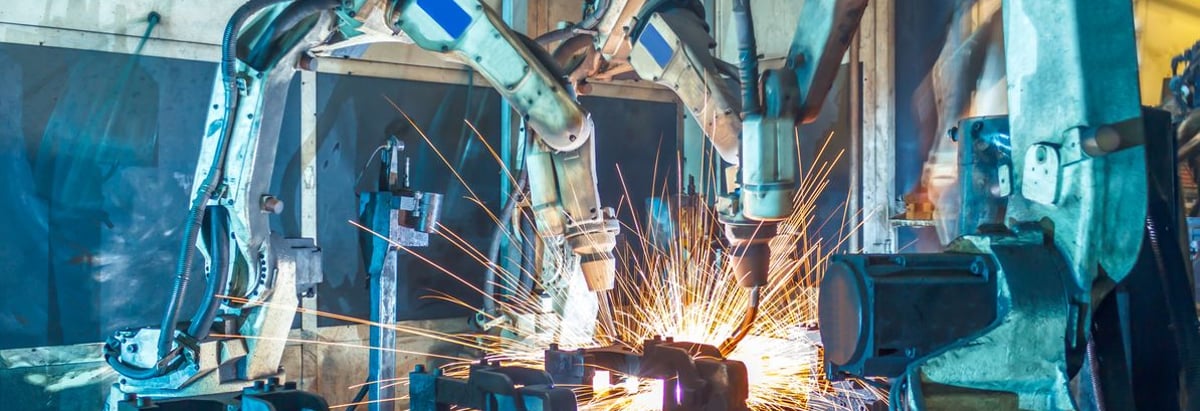
This article is written for those who want to get better at using price to earnings ratios (P/E ratios). We'll look at Illinois Tool Works Inc.'s (NYSE:ITW) P/E ratio and reflect on what it tells us about the company's share price. Based on the last twelve months, Illinois Tool Works's P/E ratio is 23.41. In other words, at today's prices, investors are paying $23.41 for every $1 in prior year profit.
See our latest analysis for Illinois Tool Works
Want to help shape the future of investing tools and platforms? Take the survey and be part of one of the most advanced studies of stock market investors to date.
How Do You Calculate Illinois Tool Works's P/E Ratio?
The formula for price to earnings is:
Price to Earnings Ratio = Price per Share ÷ Earnings per Share (EPS)
Or for Illinois Tool Works:
P/E of 23.41 = $130.17 ÷ $5.56 (Based on the year to September 2018.)
Is A High Price-to-Earnings Ratio Good?
A higher P/E ratio means that buyers have to pay a higher price for each $1 the company has earned over the last year. That is not a good or a bad thing per se, but a high P/E does imply buyers are optimistic about the future.
How Growth Rates Impact P/E Ratios
Probably the most important factor in determining what P/E a company trades on is the earnings growth. Earnings growth means that in the future the 'E' will be higher. Therefore, even if you pay a high multiple of earnings now, that multiple will become lower in the future. Then, a lower P/E should attract more buyers, pushing the share price up.
Illinois Tool Works saw earnings per share decrease by 15% last year. But EPS is up 7.2% over the last 5 years.
How Does Illinois Tool Works's P/E Ratio Compare To Its Peers?
We can get an indication of market expectations by looking at the P/E ratio. The image below shows that Illinois Tool Works has a higher P/E than the average (18.8) P/E for companies in the machinery industry.

Its relatively high P/E ratio indicates that Illinois Tool Works shareholders think it will perform better than other companies in its industry classification. Clearly the market expects growth, but it isn't guaranteed. So further research is always essential. I often monitor director buying and selling.
Remember: P/E Ratios Don't Consider The Balance Sheet
It's important to note that the P/E ratio considers the market capitalization, not the enterprise value. In other words, it does not consider any debt or cash that the company may have on the balance sheet. In theory, a company can lower its future P/E ratio by using cash or debt to invest in growth.
Such expenditure might be good or bad, in the long term, but the point here is that the balance sheet is not reflected by this ratio.
How Does Illinois Tool Works's Debt Impact Its P/E Ratio?
Illinois Tool Works has net debt worth 14% of its market capitalization. This could bring some additional risk, and reduce the number of investment options for management; worth remembering if you compare its P/E to businesses without debt.
The Bottom Line On Illinois Tool Works's P/E Ratio
Illinois Tool Works has a P/E of 23.4. That's higher than the average in the US market, which is 16.8. With a bit of debt, but a lack of recent growth, it's safe to say the market is expecting improved profit performance from the company, in the next few years.
When the market is wrong about a stock, it gives savvy investors an opportunity. If the reality for a company is better than it expects, you can make money by buying and holding for the long term. So this freereport on the analyst consensus forecasts could help you make a master move on this stock.
But note: Illinois Tool Works may not be the best stock to buy. So take a peek at this freelist of interesting companies with strong recent earnings growth (and a P/E ratio below 20).
To help readers see past the short term volatility of the financial market, we aim to bring you a long-term focused research analysis purely driven by fundamental data. Note that our analysis does not factor in the latest price-sensitive company announcements.
The author is an independent contributor and at the time of publication had no position in the stocks mentioned. For errors that warrant correction please contact the editor at editorial-team@simplywallst.com.
Simply Wall St analyst Simply Wall St and Simply Wall St have no position in any of the companies mentioned. This article is general in nature. We provide commentary based on historical data and analyst forecasts only using an unbiased methodology and our articles are not intended to be financial advice. It does not constitute a recommendation to buy or sell any stock and does not take account of your objectives, or your financial situation. We aim to bring you long-term focused analysis driven by fundamental data. Note that our analysis may not factor in the latest price-sensitive company announcements or qualitative material.
About NYSE:ITW
Illinois Tool Works
Provides industrial products and equipment in North America, Europe, the Middle East, Africa, the Asia Pacific, and South America.
Undervalued with solid track record and pays a dividend.
Similar Companies
Market Insights
Community Narratives





